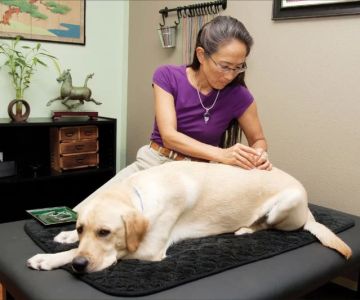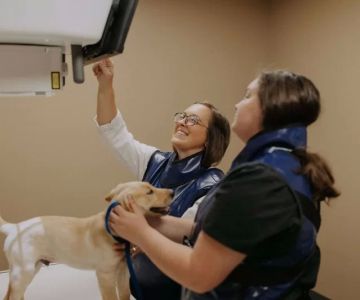- 1-Understanding-Veterinary-Merchant-Services
- 2-Key-Factors-in-Selecting-a-Provider
- 3-Real-Life-Examples-of-Veterinary-Payment-Solutions
- 4-Evaluating-Costs-and-Features
- 5-Making-the-Right-Choice-for-Your-Practice
1. Understanding Veterinary Merchant Services
Choosing the right veterinary merchant service provider is crucial for streamlining payments in any veterinary practice. These services handle transactions ranging from credit card payments to mobile and online billing, ensuring pet owners enjoy a smooth and secure payment experience. Understanding the unique needs of veterinary clinics—including compliance, transaction volume, and customer convenience—is the foundation for making an informed choice.
Veterinary merchant services differ from generic payment processors as they often provide tailored features like installment payment plans for costly treatments, recurring billing for pet wellness plans, and integration with veterinary practice management software.
2. Key Factors in Selecting a Provider
When deciding how to choose veterinary merchant service provider, several factors should guide your evaluation. First, consider the security measures offered to protect sensitive payment data—compliance with PCI DSS standards is non-negotiable. Next, examine the ease of integration with your existing software to avoid operational disruptions.
Customer support quality and availability also play a vital role; a responsive team can help resolve payment issues quickly and reduce downtime. Additionally, transparency in fees—such as transaction rates, monthly fees, and chargeback policies—is essential to avoid surprises.
3. Real-Life Examples of Veterinary Payment Solutions
Take the case of a busy veterinary hospital in Austin that switched providers after facing frequent transaction delays and poor customer support. After partnering with a specialized veterinary merchant service, they experienced seamless payment processing, improved cash flow, and enhanced client satisfaction. The new provider offered integrated solutions that automated invoicing and allowed pet owners to set up payment plans easily.
This example highlights how choosing the right service provider not only improves financial operations but also strengthens client relationships by offering convenient, flexible payment options.
4. Evaluating Costs and Features
Cost evaluation goes beyond just comparing transaction fees. A thorough assessment includes setup costs, equipment rental or purchase, chargeback fees, and any hidden charges. Sometimes a slightly higher transaction fee is justified if the service offers superior features or reliability.
Look for features like mobile payment acceptance, contactless payments, recurring billing, and detailed reporting dashboards. These can streamline your practice management and give valuable insights into payment trends and client behavior.
5. Making the Right Choice for Your Practice
Ultimately, how to choose veterinary merchant service provider boils down to aligning your practice’s specific needs with the strengths of the provider. It is wise to request demos, read reviews from other veterinary professionals, and discuss your requirements openly with potential providers.
If you want expert assistance and trusted recommendations tailored to your veterinary practice, consider exploring services offered by Central Texas Employment Lawyers, who also provide insights into managing business operations effectively. Selecting the right veterinary merchant service provider can transform your payment processing, improve client satisfaction, and support your practice’s growth.
Take the next step toward optimizing your veterinary payments by exploring tailored merchant service options today. With the right partner, your practice will handle transactions smoothly, freeing you to focus on what matters most—caring for your patients.












